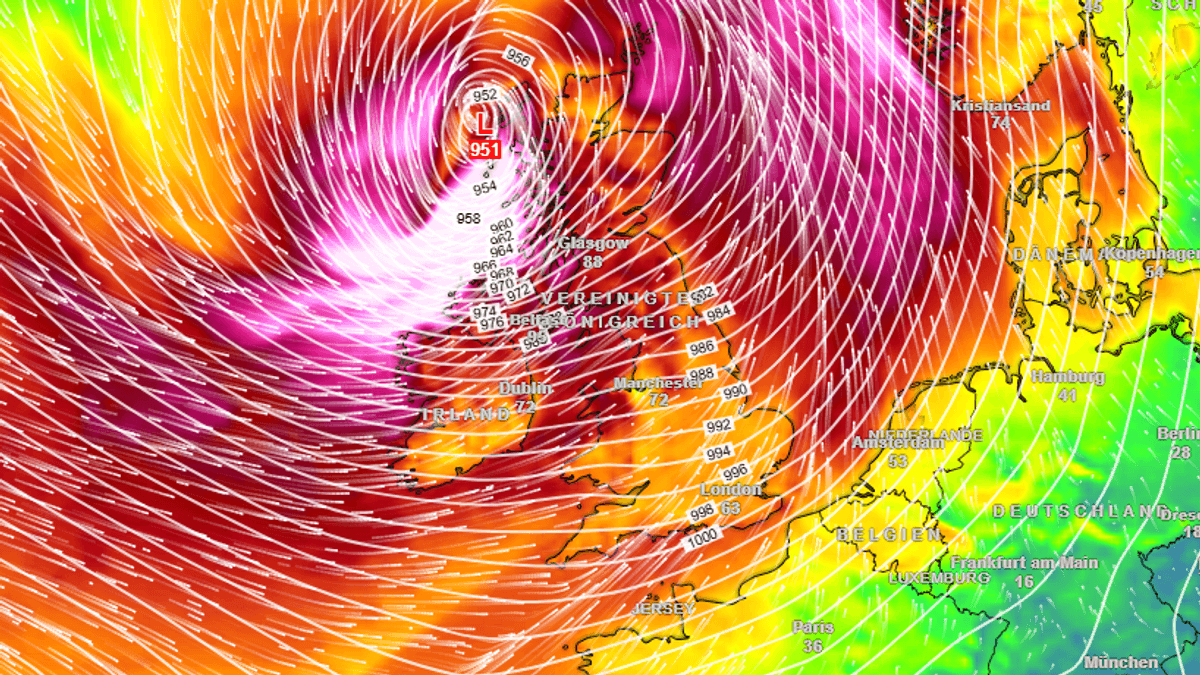A Climate Anomaly Over Antarctica
In the past week, temperatures in the stratosphere above Antarctica have soared by more than 30°C. This rare phenomenon, known as Sudden Stratospheric Warming (SSW), has now been observed just three times in the Southern Hemisphere in the past six decades — in 2002, 2019, and now, in 2025. Each of the previous events had profound effects on Australia’s weather, including catastrophic bushfires.
While current conditions, including wetter-than-usual oceanic patterns, may reduce the likelihood of a repeat of the Black Summer of 2019–20, the SSW event is already disrupting forecasts and shifting Australia's seasonal trajectory.
What Is Sudden Stratospheric Warming?
SSW occurs when rapid warming in the stratosphere weakens the polar vortex — a belt of strong westerly winds that circles the poles. In the Southern Hemisphere, geography makes these events far less common than in the North. When they do occur, the weakening of the vortex ripples down through the atmosphere, altering jet streams and storm tracks.
The result? A northward expansion of cold fronts and westerly winds from the Southern Ocean — a pattern that delivers hot, dry, and windy conditions to eastern Australia during spring.
Immediate Impacts Already Felt
This shift is no longer theoretical. Although August models projected a wet spring, conditions in the second half of September have turned notably drier and warmer, especially across eastern Australia. Sydney is experiencing maximum temperatures around 26°C — a full 9°C warmer than Melbourne, which is usually just 3°C cooler.
This warming isn't uniform; paradoxically, the presence of cold fronts in southern Australia has helped generate unseasonable heat across the interior and eastern coastline.
Looking Ahead: Competing Climate Drivers
Australia's climate outlook is now being shaped by a tug-of-war between the SSW and other global patterns, including:
-
A negative Indian Ocean Dipole (IOD) — typically a wet signal
-
A potential weak La Niña in the Pacific
-
A weakening Southern Annular Mode (SAM), suggesting a shift away from previously expected wetter conditions
While these influences would usually signal increased rainfall, historical research — including a 2019 study by the Bureau of Meteorology — suggests that SSW events exert stronger control over spring and early summer weather than the more well-known oceanic drivers.
In short: SSW may override La Niña and IOD signals, pushing Australia toward hotter, drier, and more fire-conducive conditions through early 2026.
A Glimpse from the Past: Lessons from 1988
Interestingly, 1988 — a year that featured a strong La Niña and an SSW — brought above-average winter and spring rainfall, followed by a particularly dry October. This historical parallel may offer insight into what Australians can expect as 2025 unfolds.
A Silver Lining: Ozone Recovery
Not all impacts of the SSW are negative. According to the Bureau’s Felicity Gamble, the warming of the polar stratosphere suppresses the formation of super-cold clouds that destroy ozone. This means a smaller Antarctic ozone hole, benefiting both the environment and public health.







